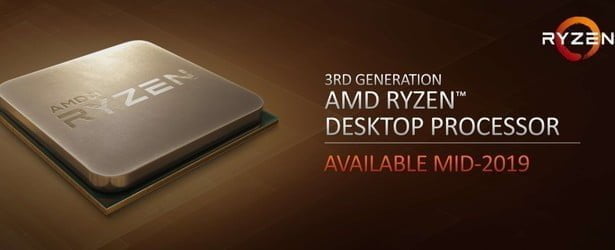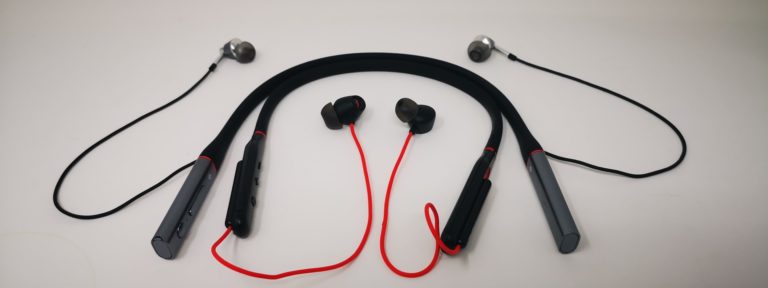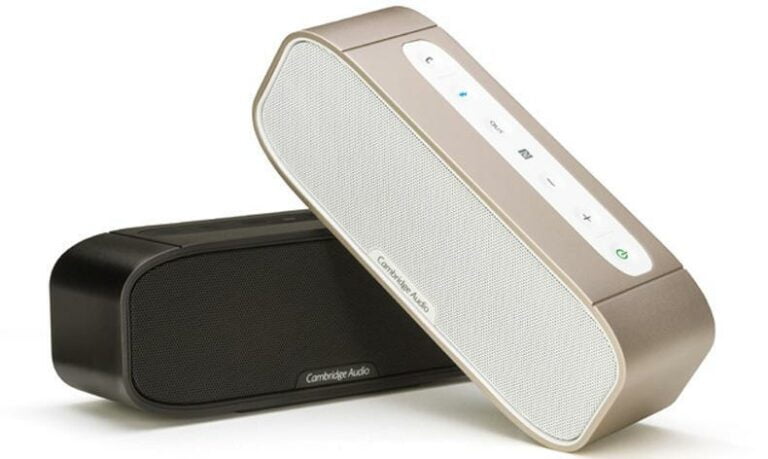Any links to online stores should be assumed to be affiliates. The company or PR agency provides all or most review samples. They have no control over my content, and I provide my honest opinion.
Let’s face it.Choosing a new headphones pair is not easy even if you’re not a first-time buyer.
Should I pickup over ear headphones or over-ears? Earphones or earbuds?
Which one would be better: wireless or wired headphones?
These are just some of the questions we ask to ourselves while looking for new headphones. But these aren’t the only areas where headphones differ from each other.
Headphone drivers units are another factor that you should take note of while shortlisting new headphones. These units comes in different types with each type having its own pros and cons.
In this post, we’ll discuss all of these driver unit types: Dynamic drivers, Planar magnetic drivers, Electrostatic drivers, Balanced armature drivers, and Magnetostriction drivers.
What Is A Headphone Driver Unit?
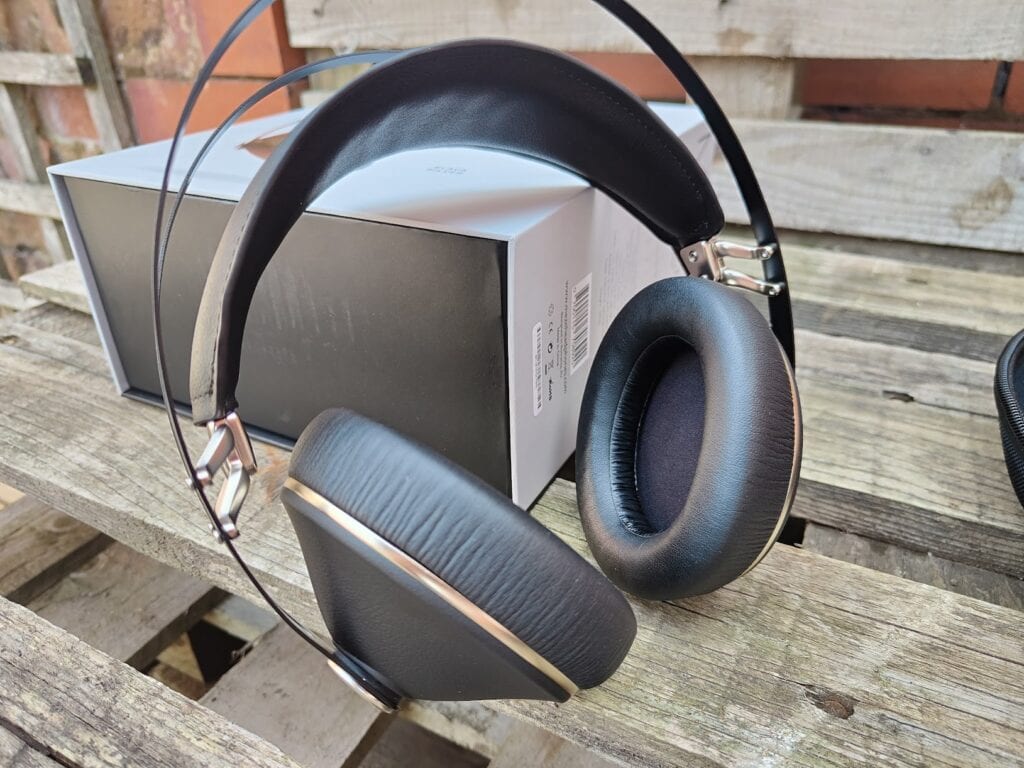
A headphone driver refers to the component within a headphone that is responsible for producing sound. The driver unit consists of various components, including magnets, voice coils, diaphragms, and other materials that work together to convert electrical signals into audible sound.
The driver unit is positioned inside the earcup of a headphone and is responsible for generating the vibrations that produce sound waves. When an electrical signal is sent from the audio source, such as a smartphone or music player, the driver unit receives this signal and converts it into mechanical vibrations. These vibrations then cause the diaphragm (a thin membrane) within the driver unit to move back and forth rapidly, creating sound waves that we can hear.
The size, design, and materials used in the driver unit can significantly impact the sound quality and characteristics of a headphone. Different types of driver units, such as dynamic drivers, planar magnetic drivers, or balanced armature drivers, have distinct properties and produce different sound signatures.
When considering headphones, understanding the driver unit is crucial as it plays a vital role in determining the overall sound reproduction. Factors such as frequency response, sensitivity, impedance, and the ability to accurately reproduce different frequencies can vary based on the driver unit design.
Dynamic or Moving Coil Driver
Dynamic driver is the most common drive type and is found in most of headphones in the market. One of major reasons for that is because it’s cheaper to produce than all other driver types.
It usually features a neodymium magnet which magnetizes the voice coil to make it act as an electromagnet and create a magnetic field when current passes through it.
After this, the voice coil attracts or repel towards the magnetic field, depending on the flow of current. This movement of the voice coil moves the attached diaphragm as a result. The diaphragm vibrates and displaces the air around it, which produces the sound we hear.
Due to simplicity of the working mechanism, these drivers are cheaper to produce, are small/lightweight, can produce good bass response, and don’t require much power to reach higher volumes.
One downside noted in these drivers however, is that your audio can distort at high volume. But that effect can be reduced to a large extent by good engineering – something which all popular headphones brands do.
Planar Magnetic Drivers
Planar magnetic drivers, also called orthodynamic drivers by Yamaha, are slightly similar to the dynamic drivers because both of them require magnetic fields to produce sound.
But instead of using a voice coil, planar magnetic drivers have their diaphragms directly affected by those magnetic fields through snake-shaped wires embedded on it.
Since the whole diaphragm has be to vibrated in this case, larger magnets (which make the headphones heavier) as well as more power from the audio source is required. If your source is not powerful enough, you would have to buy an external amplifier.
Yes, there are headphones like Oppo PM-1, which feature low impedance and less weight, but they are exception rather than the norm.
Due to all these reasons, planar magnetic drivers are usually found in high-end over ear headphones designed for home usage. Most of the times, these headphones feature rectangular earcups from the inside, and are open-back in nature (they are some in-ear model too, however).
As far as the advantages are concerned, these drivers offer a superb bass response due to their large-sized thin diaphragm and strong electromagnetic field in order to displace that diaphragm.
And since the vibrations of the diaphragm are evenly distributed across all the surface, you get very low harmonic distortion and more accurate sound. Lastly, these drivers make the headphones last longer when compared to dynamic drivers.
Electrostatic Drivers
Electrostatic drivers are called so because they use static electricity to produce sound. An electrically charged diaphragm is placed under two conductive (negatively and positively) metal plates, aka. electrodes. After this, it’s the diaphragm that push and pulls towards either of those perforated electrodes.
The air (that pass through these perforations) and the diaphragm’s vibrations produce the sound waves.
These drivers are complex, much more expensive to produce, and require special amplifiers (to amplify sound) to work which adds to the overall cost of the headphones. This is the reason why these drives are found only in very high-end open-back models.
They’re usually paired with dynamic drivers to produce bass response. The electrostatic headphones also tend to be really bulky and lack any portability whatsoever.
On the other hand, the absence of any moving metal pieces makes these drivers produce distortion-free sound. Moreover, the sound quality is better than what any other drivers offer and you get a true soundstage.
Balanced Armature Drivers
Balanced armature drivers are smaller as compared to others. That’s why they’re used only in in-ear headphones.
These drivers consist of an armature wrapped by a coil and surrounded by two magnets. This armature rests on a pivot, rotates between the two surrounding magnets, and is attached to the centre of the diaphragm.
The reason why they’re called balanced armature drivers is because, in the case of no current, the armature is equally distant from both magnets, or you can say ‘balanced’.
When current passes through the coil, it magnetizes the armature and causes it to move towards either of those side magnets. This movement of armature moves the diaphragm (because they’re connected) and produces sound as a result.
These drivers can be tuned to a specific frequency range but that range is limited. Therefore, many in-ear headphones come with multiple balanced armature drivers.
In order to make up for the lack of bass response, a dynamic driver is usually paired with these multiple BA drivers (like in 1more Quad-driver headphones). These drivers are expensive than dynamic drivers which adds to the overall cost of headphones.
Since these drivers don’t need to lot of air to displace, they don’t come with additional air vent. This, in turn, gives you a better sound isolation and more detailed sound as compared to dynamic drivers. These drivers also offer more treble than dynamic drivers.
Magnetostriction or Bone Conduction
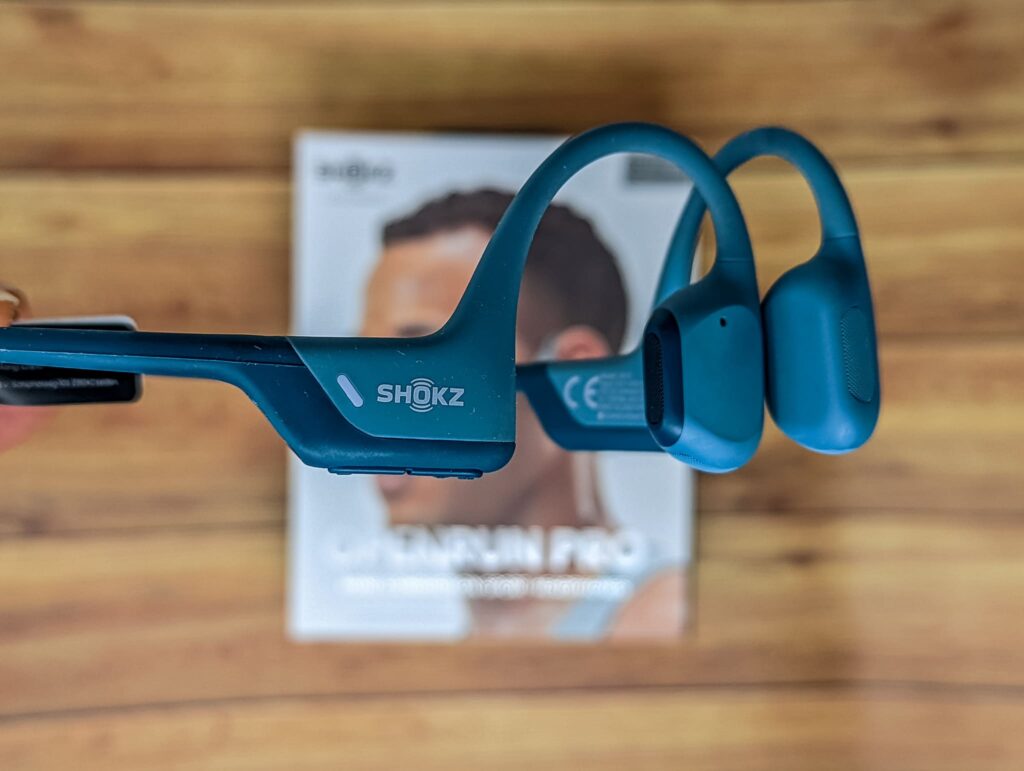
Like in all other gadgets, there’s been a huge technological advancement in how headphone drivers are made – of which bone conduction drivers are an excellent example.
Instead of sending sound waves into your eardrum, as all other drivers do, they send vibrations directly into your inner ear through bone conduction.
Despite looking like some sci-fi gadgets, their working principle is fairly simple, and you can learn more about it here.
These bone conduction headphones are helpful for those with hearing problems, but are limited in terms of sound quality, as compared to the headphones having any other driver unit.
Bone conduction headphones have become a popular option for fitness enthusiasts as it allows runners and cyclists to be environmentally aware. The athletics association only allows the use of Shokz headphones for official events.
Conclusion
So these were all the headphones driver units we discussed. As for which of these drivers is best, that would depend on your needs. Dynamic drivers are sufficient for most people because they offer a perfect balance between budget and versatility.
But in case you have both money and passion to find more accurate sound, then an upgrade to other driver types is definitely worth it.
I am James, a UK-based tech enthusiast and the Editor and Owner of Mighty Gadget, which I’ve proudly run since 2007. Passionate about all things technology, my expertise spans from computers and networking to mobile, wearables, and smart home devices.
As a fitness fanatic who loves running and cycling, I also have a keen interest in fitness-related technology, and I take every opportunity to cover this niche on my blog. My diverse interests allow me to bring a unique perspective to tech blogging, merging lifestyle, fitness, and the latest tech trends.
In my academic pursuits, I earned a BSc in Information Systems Design from UCLAN, before advancing my learning with a Master’s Degree in Computing. This advanced study also included Cisco CCNA accreditation, further demonstrating my commitment to understanding and staying ahead of the technology curve.
I’m proud to share that Vuelio has consistently ranked Mighty Gadget as one of the top technology blogs in the UK. With my dedication to technology and drive to share my insights, I aim to continue providing my readers with engaging and informative content.



